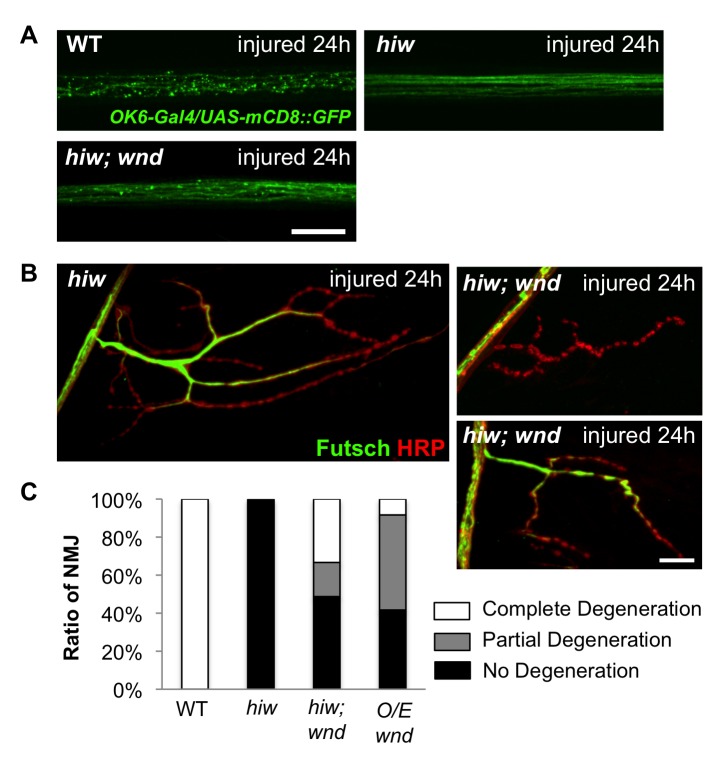Figure 3. Role of the Wnd/DLK MAPKKK in Hiw-regulated degeneration.
(A) OK6-Gal4, UAS-mCD8-GFP labeled motoneuron axons (green) are severely fragmented in wild-type (WT) axons 24 h after injury, while they remain intact in hiw ΔN mutants (hiw ΔN ; OK6-Gal4/UAS-mCD8::GFP). Axons in hiw; wnd double mutants (hiw ΔN ; OK6-Gal4/UAS-mCD8-GFP; wnd1/wnd2) are only mildly fragmented 24 h after injury, implying that mutation of wnd only partially suppressed the hiw mutant degeneration phenotype. (B) Representative muscle 4 NMJs labeled by immunostaining for Futsch (green) and HRP (neuronal membrane, red) in hiw ΔN mutants or hiw; wnd double mutants (hiw ΔN ;;wnd1/wnd2). At 24 h after injury, NMJs have completely degenerated in wild-type (Figure 1) but are intact in hiw mutants. In hiw;wnd double mutants, some NMJs have completely degenerated (upper panel), while others remain intact (lower panel). (C) Quantification of the percentage of NMJs that are completely degenerated, partially degenerated, or intact (see Materials and Methods) for the following genotypes: (Canton S), (hiw ΔN ), (hiw ΔN ;;wnd1/wnd2), (BG380-Gal4; UAS-wnd/+). Scale bars = 12.5 µm.

